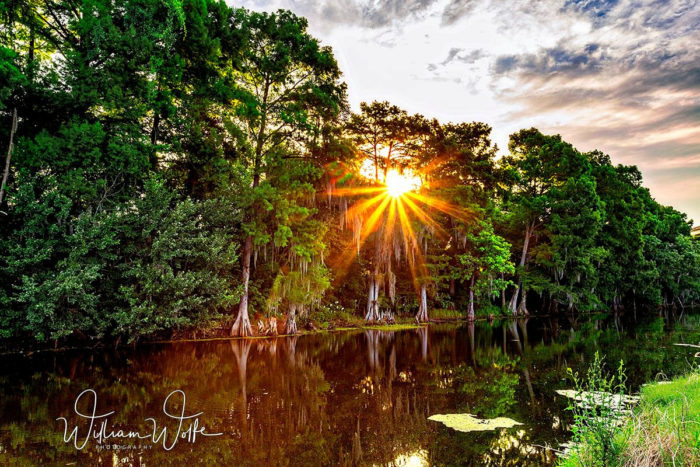Sherman Rescue
by Roger Gentry
One thing I wanted to use after Katrina, was one of the older AFV’s that I found in our flooded Gentilly home. Boy were they weathered! I could not believe the amount of weathering the AFVs underwent due to brackish water due to the collapse of the London Canal. In all honesty, I don’t think I could replicate this. So I decided to use the AFVs unaltered, after allowing them it to air for a while in an outdoor shed.
I located just the right resin figures, Jaguar # 63133, for the Sherman. I did not like the head of the standing infantryman and decided to replace it with an outstanding Hornet head so that the face turned away from the Sherman Crew in the direction of the viewer.
The figures were glued with cyanoacrylate purchased from what had been flooded stock from a local hobby shop. Any gaps were sealed with Magic Sculpt epoxy also recovered, though in covered containers in floodwater.

Then I proceeded to prime the figures with Surfacer 1000–the one thing I definitely could not recover from Hurricane Katrina. I found several of these aerosol cans in my home were never used. Bringing some to my newer rental home on Interstate I-10, I heard a loud hissing that only grew worse and had to seal the bag for fear it might explode. I learned my lesson on recovering unused aerosol cans.
Once the primer dried, I painted the figures with FW acrylic ink. Dark Umber was used for the darker crevices of the clothing. The nice thing a bout FW acrylic is that it does not build up in higher layers of paint, but stays close to the surface thus retaining amazing texture and detail. The highlights were painted with Vallejo and Tamiya acrylic also purchased at Hub Hobby. The Tamiya acrylic medium had a glass that I dulled in areas of the figures with 75 % denatured alcohol.
I then proceeded to purchase various yards of cloth from a store, trying them for the proper background. Some web modeling sites prefer white or blue backgrounds. So it is important to read web site policy before setting up the digital shoot, especially for the size of the submitted digital image. Setup was simple, using an overall room light and a lamp rotated for the proper affect.
I find a digital camera indispensable. The one I have has auto focusing and macro for extreme close-ups. I shot as many views as possible, downloaded to my pc and examined when enlarged for the best. Websites often size limitations on digital images that are submitted so pay close attention. Basic graphic software often has the ability to optimize images for uploading to websites. There are actually some that are free!
Once the images were selected, I burned them to a CD and uploaded to a website. One must be patient in submitting images. If after a period of time, they are not accepted the images are submitted to another, much as submitting fiction for publication. It’s a challenge to get them accepted, but once they are it’s a proud moment.
